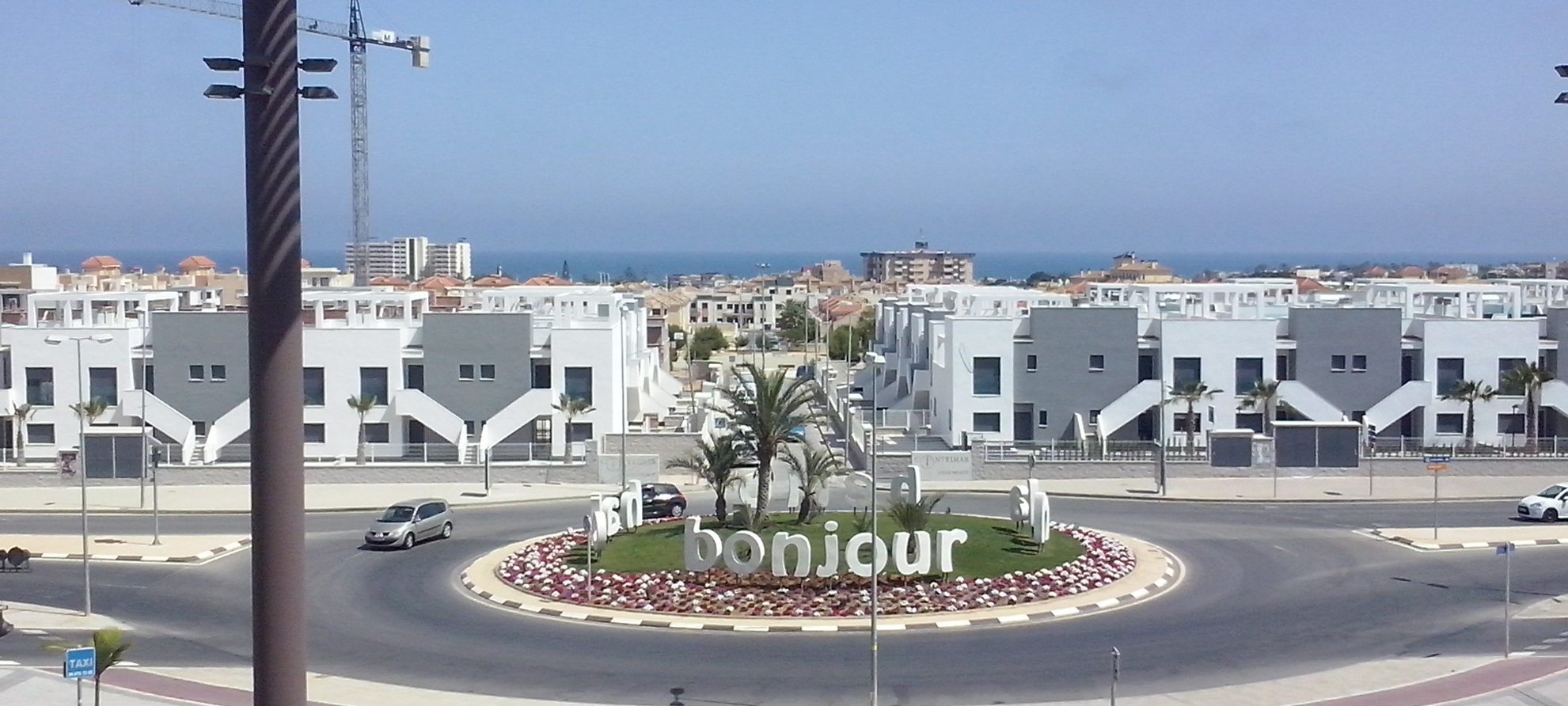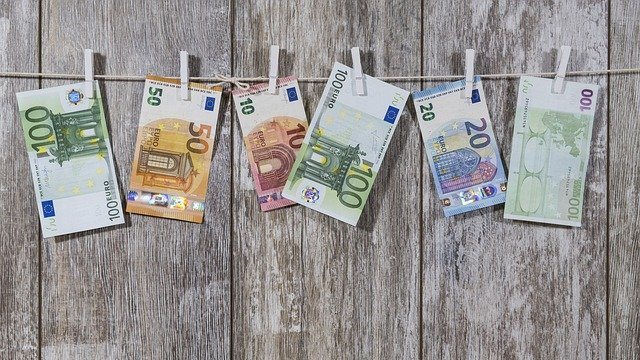MORE new residential developments are being completed now than any other time since the crash, latest figures reveal. Between January and July, 33,085 homes, mostly apartments were finished according to the Spanish Ministry of Public Works, representing a 39% increase from this time last year.
In 2007 there were 641,419 properties completed, which plummeted by 94% in the following year, leaving properties across Spain to become waiting rooms for investors.
However, this year private developments have gone up 37.4%, whereas local authority properties have actually decreased construction of new homes. The total amount of money spent on finishing new residential developments in 2017 reached almost €4.4 billion.
Fitch questions sustainability of rising house prices in Madrid and Barcelona
Meanwhile in Spain’s resale property market, ratings agency Fitch warns of “huge price hikes in Madrid and Barcelona that don’t appear sustainable”. Districts in central Barcelona have seen year-on-year price rises of 35%, while in Madrid; they’ve gone up by 15%. The agency attributes strong demand and limited supply as the main reasons for the increases.
Fitch confirms that the return to normality in the Spanish property market is taking place at two speeds. In the centre of the largest cities such as Madrid and Barcelona, strong demand together with limited supply is driving “price rises that don’t appear sustainable”.
“Strong demand is being driven by the European Central Bank’s policy of low interest rates, the presence of foreign investors and a rise in rental rates,” highlights the Fitch report. The agency does not forecast similar conditions for the Spanish property market as a whole in the short term.
The Fitch report was prepared before the constitutional crisis in Catalonia, so does not take into account any impact this may be having on the housing market in the region.
Interest rates down in October, mortgage lending up in August
Mortgage base rates in the Eurozone dropped to another record low in October 2017, whilst the latest data shows new mortgage lending rising for another month in August.
12-month Euribor – the rate used to calculate the majority of mortgage interest payments in Spain – came in at -0.18 in October, compared to -0.168 in September, a percentage difference of 7.1% (and 143% compared to the same time last year)
As a result, borrowers in Spain with annually resetting Spanish mortgages will see their mortgage payments fall by around €6 per month for a typical €120,000 loan with a 20 year term.
The latest figures for new residential mortgage lending from the National Institute of Statistics show lending up 29% in August.
Spain’s Property Market Seeing Strong Recovery going into 2018
Despite there being pockets of exponential growth in Madrid and Barcelona that have presented alluring yield opportunities for investors, in the rest of the country recovery is taking place at a much more sustainable level. The areas seeing the most growth and consequently the more value from an investor’s point of view are perhaps unsurprisingly Spain’s tourist hotspots and coastal resort areas.
As a result of the green shoots of recovery becoming more visible across Spain, the outlook for 2018 is exceptional, with analysts predicting property price growth of up to 10% to the end of next year. This is eminently achievable as demand for real estate in Spain continues to expand, on the back of record-breaking tourism over the last six years.





